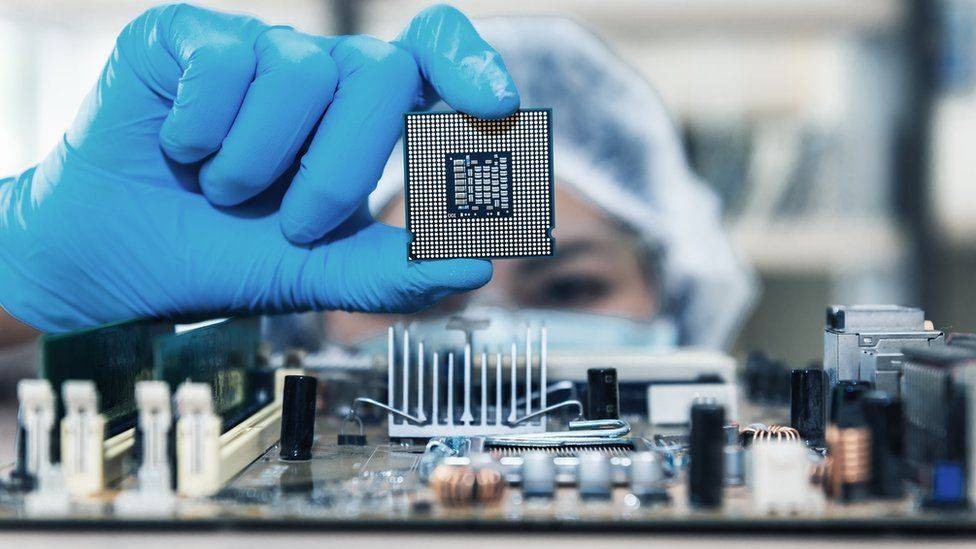
How to distinguish fake chips?
Global electronic component supplier AMPHEO PTY LTD: Rich inventory for one-stop shopping. Inquire easily, and receive fast, customized solutions and quotes.
Distinguishing fake (counterfeit) chips from genuine ones is critical in electronics, especially in high-reliability or commercial products. Here are several methods to identify fake chips:

1. Visual Inspection
Compare the physical appearance with a known genuine chip:
-
Markings/Labels:
-
Inconsistent font or blurry printing.
-
Incorrect logo or part number.
-
Missing date codes, lot numbers, or misaligned text.
-
-
Package Differences:
-
Unusual color or texture.
-
Incorrect pin configuration or size.
-
Resurfacing marks (grinding or sanding to reprint markings).
-
Signs of tampering or re-coating (shiny vs matte finish).
-
2. Electrical Testing
Test the chip's behavior in a circuit or with a test setup:
-
Functional Test: See if the chip behaves correctly under expected conditions.
-
Power Consumption: Compare against the datasheet; counterfeit chips often have abnormal power usage.
-
Oscilloscope/Logic Analyzer: Look at timing behavior, output patterns, etc.
3. X-ray or Decapsulation
These are advanced methods used by professionals:
-
X-ray Imaging: Reveals die size and internal structure; fakes may have reused or dummy dies.
-
Decapsulation: Chemical removal of the package to expose the silicon die and compare it with known genuine chips.
4. Vendor and Supply Chain Verification
-
Buy from authorized distributors (e.g., Digi-Key, Mouser, Arrow, etc.).
-
Avoid suspiciously low prices from unknown vendors or eBay/AliExpress unless well-reviewed.
-
Ask for traceability documents or certificates of origin.
5. Compare Performance & Benchmarks
Run benchmarks or real-world tasks and compare performance metrics:
-
Some fake chips underperform significantly or lack expected features.
-
For example, a fake STM32 may be a disguised or cloned older model that lacks hardware floating point.
6. Use a Known Testing Platform
Certain platforms (like JTAG/SWD tools, or manufacturer programming tools) may fail or return unusual results when connected to a fake chip.
Tip: Community Knowledge
Search forums (like EEVblog, Reddit's /r/electronics, or StackExchange) for known counterfeit indicators for a specific chip type.
Related Articles
- ·How do I secure an MCU from hacking or tampering?
- ·What are the advantages and disadvantages of using SoCs in embedded systems?
- ·How to implement a multi class neural network with STM32F103?
- ·Comparison of ARM vs. RISC-V MCUs
- ·How to achieve serial communication between STM32 and ESP8266?
- ·DS18B20 Temperature Sensor Detailed Explanation and Use Cases
- ·How to deploy artificial intelligence algorithms on STM32?
- ·The Difference Between 8-bit, 16-bit, 32-bit, And 64-bit Microcontrollers
- ·STM32 PWM Principle and Application
